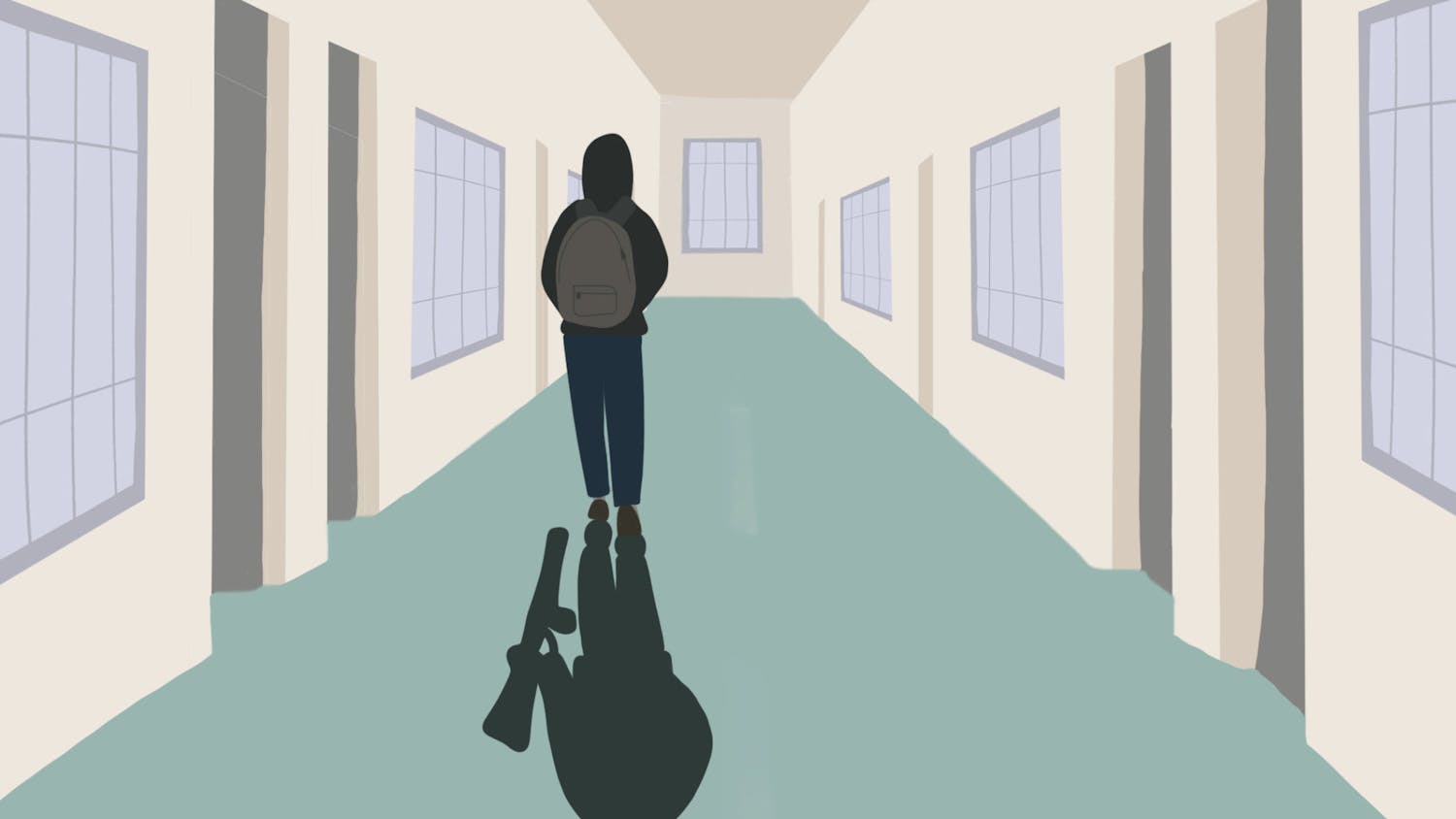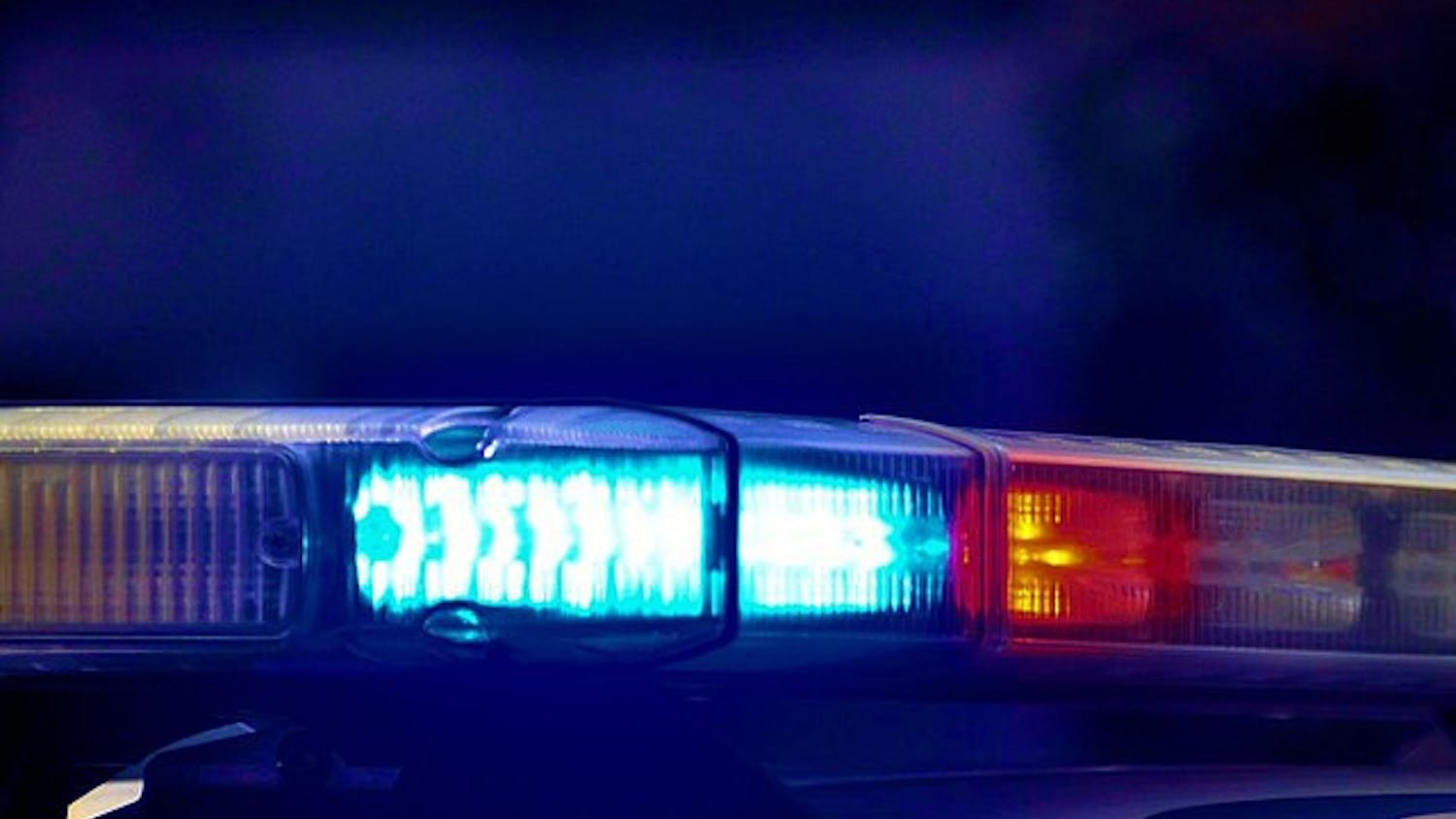Juwan Parrish doesn’t want to talk about it. The situation is complicated.
A few months ago, his teenage nephew had his best friend die in his arms after being shot. Last year, he found out through Facebook that one of his childhood friends was shot and killed at 25 years old.
“Shootings in America are so common that they are so easy to overlook until it’s somebody you know,” he said.
Parrish, a 25-year-old UF law student and a member of the Black Law Students Association, grew up in Des Moines, Iowa. He said the black community’s experience with gun violence is what has influenced the call for gun control.
But communities of color can be overshadowed by other activists.
Friday marked the two-year anniversary of the mass shooting at Marjory Stoneman Douglas High School in Marjory Stoneman Douglas High School in Parkland, Florida, which left 14 students and three staff members dead.
Survivors created March For Our Lives, a national organization that lobbies in Tallahassee and Washington, D.C., for gun reform. But as media exposure focuses on white or white-passing activists, some wonder if activists of color are being overshadowed in the conversation.
‘I wish we were portrayed as regular people’: gun control activists of color
MSD alumna Anisha Saripalli didn’t choose to lose one of her best friends, Carmen Schentrup, in the MSD shooting. As a woman of color, she also wasn’t chosen by the media to be the face of the gun control movement.
Although March For Our Lives frontrunners are mostly white, gun violence disproportionately affects communities of color. Homicide rates for black Americans are eight times higher than for white Americans, according to the National Council on Family Relations.
In 2019, more than 15,000 people in the United States were killed as a result of gun violence not including suicides, the Gun Violence Archive found. And African American children are 10 times more likely to die from a firearm homicide than white children and Asian children, according to research published in the scientific journal Pediatrics.
“People of color have been going through this for years, and they’ve been activists for years,” Saripalli, an 18-year-old UF biomedical engineering sophomore and the March For Our Lives Gainesville treasurer, said. “But once this upper-middle class white community got affected, that’s when people started paying attention...It’s sad.”
The difference in media exposure can be seen in her number of Twitter followers, which is almost 700, compared to her verified friends. David Hogg has about 1 million followers, and Emma González has about 1.6 million.
However, she knows that when she gets hundreds of likes on a tweet, either Hogg or González retweeted it. The duo has recognized their increased power and are using it to lift up more people of color, Saripalli said.
“March For Our Lives strides in the correct direction of getting people (and) activists of color, not just from Parkland, but from around the country,” she said. “They’re having their voices heard.”
Still, she wants March For Our Lives in the media to be more representative of her high school’s ethnic makeup.
For Marjory Stoneman Douglas High School’s 2017-2018 school year, 56 percent of students were white, 22 percent were Hispanic, 11 percent were black, 7 percent were Asian, 3 percent were multiracial and 1 percent belonged to other ethnic groups, according to the National Center for Education Statistics.
MSD alumnus Kevin Trejos also wanted to lead as a Latino gun control activist.
After the shooting, he knew he needed to use the influx of media attention to make a statement against gun violence. He was invited to meet with Cameron Kasky, a prominent leader of the movement, and other influential students a few nights after the tragedy to plan a demonstration that would make an impact.
They decided on a march and a movement.
It was in that living room meeting that Trejos, now a 20-year-old UF political science and finance sophomore, became one of the founders of March For Our Lives.
As part of the group, he advocated for background checks, risk protection orders and restrictions on magazine-style guns. Risk protection orders allow law enforcement to temporarily restrict a potentially dangerous person from possessing a gun.
Trejos disagreed with how reports narrowly showed his high school as white, affluent and entitled.
“I wish we were portrayed as regular people, as we are,” he said.
When he did one of his television interviews, a reporter asked about Joaquin Oliver, one of the victims who was Venezuelan, despite Trejos not knowing him well.
“I guess because people saw that I was Colombian American and he was Venezuelan American, we would somehow have some sort of like, Latino connection,” he said. “I’m more than just my basic demographic composition.”
Trejos sees great importance in activist diversity.
“People want to see themselves in those they look up to,” he said.
It’s not necessarily that people of color hate white people, he added. It’s about addressing the fact that minorities have to put in “10 times more work to be recognized.”
‘None of us can be free if one of us is being oppressed’: preferred gun control regulations
After starting school at UF, Trejos stepped back from March For Our Lives because it rehashed memories he wanted to forget, he said. But that doesn’t mean he’s done with gun control activism.
He now works with UF’s Student Government as the assistant treasurer to advocate for school safety and other causes he’s passionate about. He said he wants laws that keep guns away from the mentally ill.
Parrish isn’t an activist, but he’s active on Twitter to keep up with today’s reformers.
But even while scrolling through the app, he has seen the disparity in attention given to white activists versus those who are black or brown.
“When it comes to minority activists, they have to be very unique in order to gain that media attention,” Parrish said. “When it comes to the white activists, their standard tends to be a lot lower.”
He said the media is looking for someone likeable, such as clean water advocate and person of color Amariyanna Copeny, better known by her nickname “Little Miss Flint.” But oftentimes, the press chooses a white person who they believe will be more relatable to their audience, he said.
The double standard permeates through gun control activism as well, he added.
When black communities advocate for gun control laws, people think it’s unwarranted because of black people’s stereotypical role as the main perpetrators in nationwide gun violence, he said. But when white communities rally for gun control, Parrish said no one rebuts with the mass shootings where white shooters were responsible.
To combat gun violence and prevent mass shootings for both communities, Parrish hopes to see universal background checks for gun purchases. He also wants the government to address the racial disparities in gun policy.
“I’m looking for a candidate that is aware of the way that these gun or gun control laws are disproportionately applied to different race groups, specifically the way they’re applied to white people and black people,” he said.
For owning a gun illegally, a black person tends to have a harsher punishment than a non-black person, he said.
Research published by the Prison Policy Initiative supports the idea that decreasing punishments for less serious offenses could decrease the racial gap in criminal sentencing.
“They have a way of demonizing any black person who comes through the criminal system as a felon, and that’s just their way of keeping black people from owning guns,” Parrish said.
Mackintosh Joachim, the 20-year-old president of UF’s NAACP chapter, believes it would help if the black community had more guns.
Some historical activist gun owners include the Black Panther Party, a political group that advocated for self-defense and created citizen patrols to combat police brutality during the civil rights movement.
Joachim looks to the Black Panthers as the reason why he is a supporter of the Second Amendment and the state’s Stand Your Ground statute, which legally justifies the use or threatened use of force when in fear of being injured or killed.
As someone who hopes to get his gun license when he turns 21, he supports protecting gun ownership legislation because he believes guns could be used to defend against unwarranted killings at the hands of police.
“If the police is not there to protect and serve us, then we must protect ourselves,” he said.
He also fears that gun control and more extensive background checks would continue to bar people who committed nonviolent crimes, mostly poor white people and people of color, from obtaining a gun to defend themselves.
“None of us can be free if one of us is being oppressed,” he said.
Contact Samantha Chery at schery@alligator.org. Follow her on Twitter @SammyChery4276.
MSD alum Anisha Saripalli, an 18-year-old biomedical engineering sophomore and the March for Our Lives Gainesville treasurer, writes the name of her friend down on the gun violence victim board. Carmen Schentrup was a Marjory Stoneman Douglas student who died in the shooting just days after she was accepted into UF.





